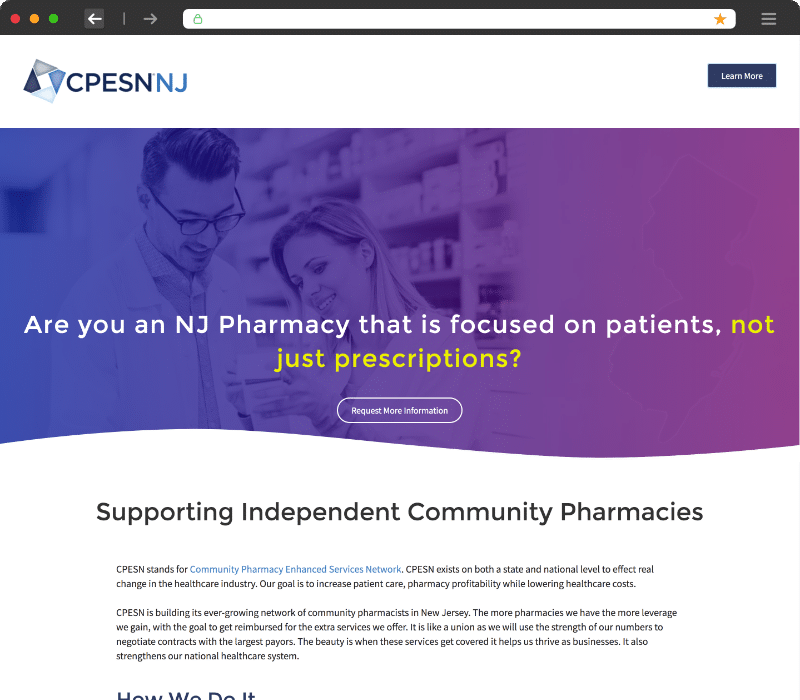Introduction
In today's digital age, mobile devices have become an integral part of our daily lives. With more people accessing the internet via smartphones and tablets than ever before, optimizing WordPress websites for mobile users is not just an option; it's a necessity. If you want to enhance your online presence, boost your SEO strategy, and increase website conversions, focusing on mobile optimization is crucial.
This article dives deep into the various aspects of optimizing WordPress websites for mobile users. We'll explore web design practices, local SEO techniques, conversion rate optimization strategies, and how to implement these effectively to elevate your digital marketing strategy.
Why Mobile Optimization Matters
The Rise of Mobile Users
Statistics show that over 50% of global web traffic comes from mobile devices. This trend isn’t just a passing phase; it indicates a significant shift in how people consume content. So why does this matter? Because if your site isn't optimized for these users, you're missing out on a massive audience.
User Experience and Engagement
Mobile-optimized websites provide a better user experience. When visitors find what they're looking for quickly and easily, they're more likely to stay longer and interact with your content. Conversely, a non-mobile-friendly site can lead to frustration and high bounce rates.
Search Engine Ranking Factors
Search engines like Google prioritize mobile-friendly websites in search results. Implementing effective search engine optimization (SEO) techniques tailored for mobile can significantly improve your site's visibility.
Understanding Mobile Optimization
What is Mobile Optimization?
Mobile optimization refers digital marketing to designing a website so that it provides an optimal viewing experience across various devices. This includes adjusting layout, images, text size, and navigation elements so they are user-friendly on smaller screens.
Key Components of Mobile Optimization
Responsive Design: A responsive website automatically adjusts its layout based on the user's device. Fast Load Times: With limited bandwidth on mobile networks, ensuring quick load times is essential. Touch-Friendly Navigation: Buttons and links should be easy to tap without zooming in or out. Readable Text: Font sizes should be large enough for easy reading without needing to zoom.Optimizing WordPress Websites for Mobile Users
To effectively optimize your WordPress website for mobile users, you must consider several factors:
Choosing the Right Theme
Selecting a responsive theme is one of the first steps in optimizing your WordPress site for mobile users. Many themes available today are designed with responsiveness in mind:
- Look for themes that clearly state their compatibility with mobile devices. Test the theme's demo on various devices before making a final decision.
Utilizing Plugins for Responsiveness
WordPress offers numerous plugins specifically designed to enhance mobile responsiveness:
- WPtouch: Helps create a simple version of your site optimized for mobile. Jetpack: Includes features that improve performance and security while also offering image optimization.
Image Optimization Techniques
Images can significantly affect load times on mobile devices; hence optimizing them is vital:
Compression Tools: Use tools like TinyPNG or Smush.it to reduce file sizes without losing quality. Responsive Images: Utilize HTML attributes like srcset to serve different image sizes based on device resolution.Enhancing User Experience
Simplifying Navigation
Simplified navigation plays a crucial role in enhancing user experience:
- Use hamburger menus or icon-based navigation. Limit the number of menu items to avoid overwhelming users.
Touch Gestures
Integrate touch gestures when possible:
- Swipe functionality can make navigating through galleries or sliders easier.
Call-to-Actions (CTAs)
Ensure CTAs are clear and prominently displayed:

- Use contrasting colors so they stand out against the background. Make buttons large enough so they’re easy to tap.
Boosting Local SEO Strategies
Local SEO becomes increasingly important as more people search for services nearby using their phones:
Google Maps SEO
Claiming and optimizing your Google My Business listing can significantly impact local searches:
Fill out all relevant information including business hours and contact details. Encourage customers to leave reviews which can enhance credibility.Local Keywords
Incorporating web design northampton location-specific keywords into your content can help you rank higher in local searches:
- Create blog posts discussing local events or news related to your business niche.
Search Engine Optimization Techniques
Optimizing your website isn't just about aesthetics; it's also about getting found by search engines. Here are some effective strategies you can implement:

Keyword Research
Identify keywords relevant to your business that potential customers might use when searching online:
Use tools like Google Keyword Planner or SEMrush. Focus on long-tail keywords as they often have less competition.On-page SEO Tactics
On-page SEO involves optimizing individual pages of your website:
Ensure each page has unique title tags and meta descriptions containing target keywords. Use header tags (H1, H2) appropriately within your content structure.Conversion Rate Optimization (CRO)
While traffic generation is essential, converting visitors into leads or customers takes precedence—here's how you can do it:
A/B Testing
Regularly conduct A/B tests to determine which elements resonate best with users:
- Experiment with different headlines or CTA placements.
Analyze User Behavior
Utilize analytics tools like Google Analytics or Hotjar to understand how visitors interact with your site:
Track metrics such as bounce rates and session durations. Adjust elements based on user behavior patterns observed from data insights.Content Strategy for Mobile Users
Creating engaging content tailored specifically for mobile users requires careful planning:
Shorter Paragraphs
Online readers prefer concise information; thus keeping paragraphs short enhances readability:
- Aim for 3–4 sentences per paragraph at most.
Bullet Points & Lists
Use bullet points or numbered lists wherever possible as they break down complex information into digestible bits.
FAQs About Optimizing WordPress Websites for Mobile Users
Here are some frequently asked questions regarding optimizing WordPress sites for mobile users along with their answers:
Q: Why do I need a responsive theme? A: Responsive themes ensure that your website adapts seamlessly across devices—improving usability and engagement while enhancing SEO ranking factors as well!
Q: How do I test my site's mobile-friendliness? A: You can use Google's Mobile-Friendly Test tool! Simply enter your URL, click "Analyze," and it’ll provide feedback on how well it performs on mobile devices!
Q: Can I use multiple plugins without affecting speed? A: Yes! However, too many plugins may impact performance negatively—choose only those necessary for functions critical to user experience!
Q: What role does page speed play in my site's success? A: Page speed directly affects bounce rates—if pages take too long loading up then visitors will likely leave before engaging further with any content provided therein!
Q: Should I prioritize desktop optimization over mobile? A: Not anymore! With shifting trends favoring handheld gadgets over traditional desktops/laptops—optimizing primarily towards mobiles should be prioritized now!

Q: Does local SEO matter only if I have a brick-and-mortar store? A: Absolutely not! Even online businesses targeting specific geographic areas benefit immensely from local SEO efforts—it's all about reaching potential customers where they’re located conveniently!
Conclusion
In conclusion, mastering the art of optimizing WordPress websites for mobile users involves understanding their needs and preferences while implementing appropriate web design practices alongside robust digital marketing strategies like SEO tactics aimed at improving visibility through enhanced user experiences leading ultimately toward increased conversions! Given the rapid evolution within this sector—it’s paramount always keeping oneself updated regarding emerging trends/tools available throughout this journey towards success within today’s competitive landscape! So roll up those sleeves & get started because there’s no time like now when prioritizing effective optimizations necessary catering exclusively towards fulfilling demands presented by modern-day clientele browsing habits!